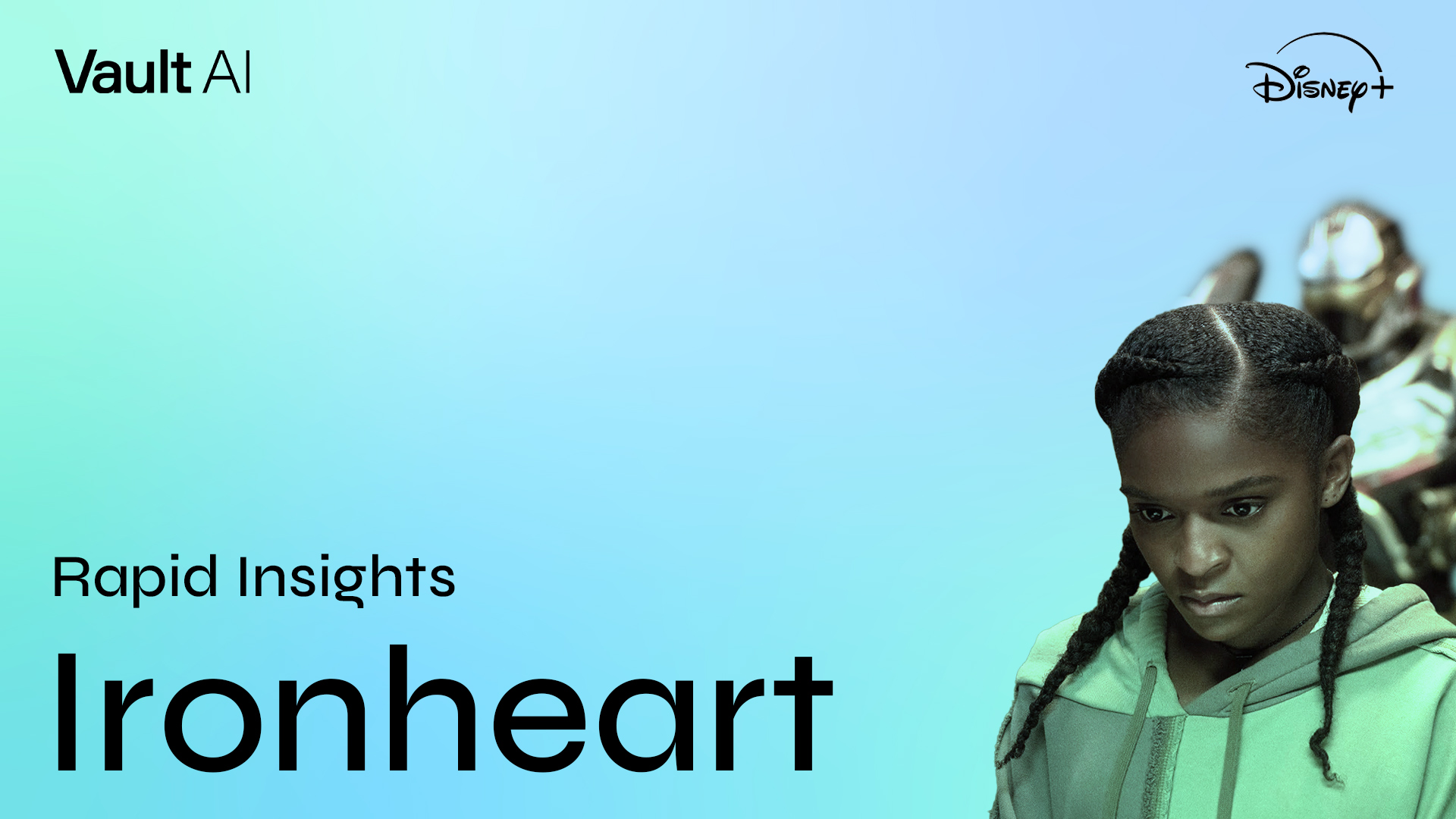Three gripping new west-coast-set crime thrillers have premiered on streaming outlets in recent weeks, and all three have been racking up views and generating considerable online buzz. Amazon Prime Video’s Countdown and Ballard and Apple TV+’s Smoke all focus on dedicated investigators–two teams in Los Angeles, one in the Pacific Northwest–determined to solve increasingly urgent cases and save lives, whether that means stopping a city-destroying WMD, a long-active serial killer, or a few serial arsonists. However, while all three play in the same genre sandbox, each offers up a very different take on their central criminal investigations thanks to different tones, themes, and character archetypes.
Here’s what you need to know about these three new titles:
Vault AI uses index scores to describe the impact a given story/theme/element will have on specific KPIs:
≤79 Disappointing 80-89 Challenging 90-109 Average 110-119 Promising 120+ Outstanding
What’s pulling viewers into Countdown?
A high-octane undercover team. Countdown takes an action-forward approach to its crime-solving, punctuating its many thrilling scenes of Action & Violence (144) with moments of humor to keep the tone light and fun. The series follows a band of covert operatives from different law enforcement agencies all Working Undercover (119) to stop a nuclear bomb from detonating in America’s second largest city. Audiences are tuning in for their breathtaking Heroism (136) and Teamwork (125) as well as the sharp, playful Co-worker Relationships (134) and Unlikely Friendships (115) that develop among the mismatched group.
What’s making Ballard so compelling?
Solving crimes in a familiar universe. A spin-off of the mega-successful Bosch and also based on a Michael Connelly novel series, Ballard follows LAPD Detective Renée Ballard as she delves into a series of unsolved cold-case murders (Solving A Murder, 130; Death Theme, 120) and uncovers a far-reaching web of police corruption and cover-ups. The show’s ties to Bosch (IP Extension, 146)–the popular titular character even cameos in the trailer (Returning Character, 125)–are its #1 viewership driver, and audiences are leaning into Ballard’s similarly-themed Police Procedural (125) elements and complex, darker tone.
What’s setting Smoke apart?
Ambiguity, suspicion, and the potential for twists. From author Dennis Lehane, Smoke was inspired by a true-crime podcast and follows a pair of troubled investigators–one a police detective, the other with the fire department–who reluctantly Team Up (131) to stop a pair of serial arsonists (Criminal Investigation, 152; Fighting Crime, 135) before they can kill again. The show’s big hook is its enigmatic arson investigator (Mysterious Character, 117), who falls Under Suspicion (129) and becomes a major suspect in his own case. The possibility that he’s hiding Dark Secrets (130) and putting others’ Lives in Danger (133)–including his police partner–creates heavy tension and suspense and is keeping viewers glued to their seats.
How are these shows doing in terms of online chatter?
Great. All three immediately rocketed to the top of our social buzz meter (at 160) upon their premieres and held that level consistently for two full weeks post-release. Since then, Countdown and Smoke, both on a weekly roll-out schedule, have seen a bit of a drop between new episodes but have nevertheless stayed in “outstanding”-level territory; Ballard, whose full first season was released all at once, has remained at (160) since its drop, with no variation
—
Most Popular Rapid Insights
Redefine your understanding of TV subgenres
Introducing Genre DNA™ – TV subgenres redefined by groundbreaking AI analysis to reveal the true drivers of viewership.
See the insights that others can’t
Genre DNA™ goes beyond traditional TV genre classifications by analyzing over 1,000 scripted and unscripted series on both linear and SVOD platforms from the last 5 years.
Each Vault Genre DNA™ report offers a precise analysis of your chosen TV subgenre, uncovering its unique drivers of viewership.
*Publicly released trailers for series are evaluated using Vault’s algorithms – utilizing our proprietary 120K+ story element database alongside viewership performance and other datasets – to identify unique combinations of stories, themes, characters, and genre elements that will drive success.





